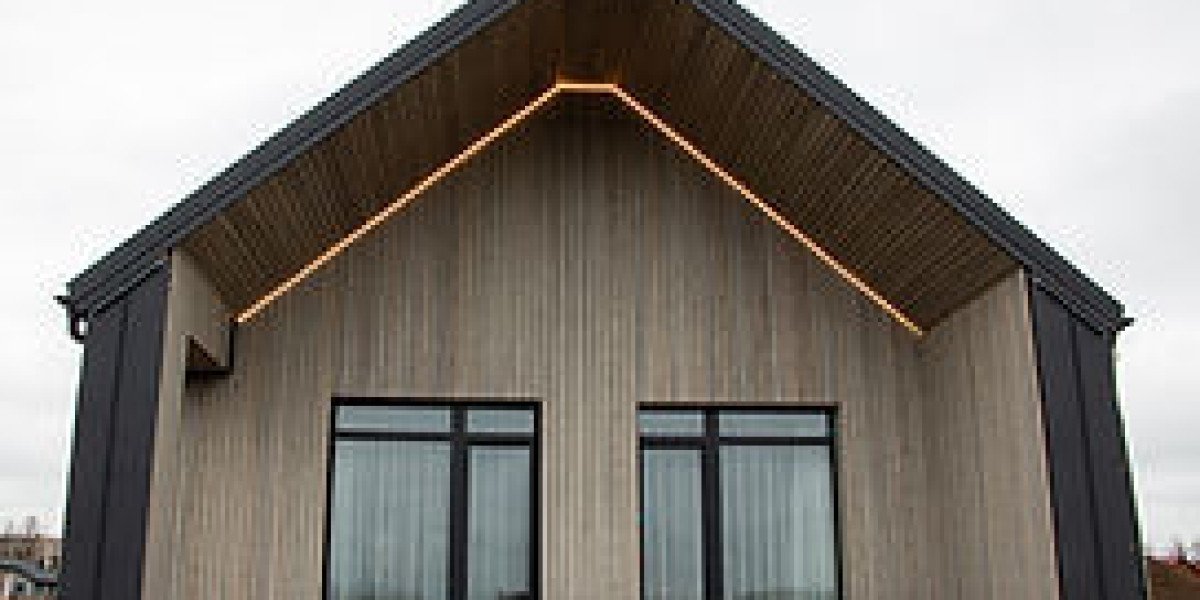Introduction
Shou Sugi Ban is an ancient Japanese wood preservation technique that has been used for centuries to enhance the durability and beauty of timber. This traditional process involves charring the surface of wood to create a carbonized layer that offers superior resistance to insects, moisture, and fire. When combined with Accoya—one of the most advanced sustainable wood products available today—Shou Sugi Ban takes on a whole new level of performance, bridging the gap between ancient craftsmanship and modern innovation.
The Legacy of Shou Sugi Ban
Originating in Japan, Shou Sugi Ban (also known as Yakisugi) was historically applied to cedar wood to create a naturally resilient exterior cladding for homes and temples. The charring process not only darkened the wood but also significantly improved its weather resistance. Over time, this technique has gained global recognition for its aesthetic appeal and eco-friendly advantages.
The striking, textured finish of Shou Sugi Ban timber has made it a popular choice among architects and designers seeking to blend tradition with contemporary elegance. Today, this ancient craft is being reimagined with modern materials like Accoya, a high-performance acetylated wood known for its unmatched durability and sustainability.
What Makes Accoya Unique?
Accoya wood undergoes a patented acetylation process, which alters the wood’s cellular structure to enhance its dimensional stability, durability, and resistance to decay. Unlike traditional wood treatments that rely on chemical coatings, acetylation permanently transforms the wood, making it naturally resistant to moisture, fungi, and pests without the use of toxic substances.
Key benefits of Accoya include:
- Exceptional durability: Lasts up to 50 years above ground and 25 years below ground or in water.
- Dimensional stability: Resists warping, swelling, and shrinking even in extreme weather conditions.
- Sustainability: Sourced from fast-growing, sustainably managed forests with FSC certification.
- Non-toxic: Free from harmful chemicals, making it safe for people and the environment.
The Fusion of Shou Sugi Ban and Accoya
By applying the Shou Sugi Ban technique to Accoya, manufacturers create a product that not only boasts the beauty of charred wood but also possesses superior longevity and environmental benefits. The combination of these two processes results in a wood product that is:
- Highly Durable: The acetylation process strengthens Accoya, while the charring further enhances its resistance to insects and rot.
- Low Maintenance: Unlike untreated wood, Shou Sugi Ban Accoya requires little upkeep, making it ideal for exterior applications.
- Fire-Resistant: The carbonized layer formed during charring Inflamed provides natural fire resistance, reducing the need for additional treatments.
- Aesthetically Striking: The deep black hues and textured surface of Shou Sugi Ban add a dramatic and sophisticated look to any project.
- Eco-Friendly: With Accoya’s sustainable sourcing and non-toxic properties, this fusion aligns with green building practices.
Applications of Shou Sugi Ban Accoya
Shou Sugi Ban Accoya is a versatile material that can be used in a variety of architectural and design applications, including:
- Exterior Cladding: Ideal for homes, commercial buildings, and outdoor structures.
- Decking: Provides a long-lasting, weather-resistant surface for outdoor living spaces.
- Fencing & Gates: Adds durability and elegance to property boundaries.
- Interior Paneling: Brings warmth and texture to modern interiors.
- Furniture & Accents: Perfect for custom furniture pieces and decorative elements.
Conclusion
The combination of Shou Sugi Ban Accoya represents a perfect marriage of tradition and innovation. By preserving an ancient Japanese technique and enhancing it with cutting-edge wood modification technology, this fusion offers an aesthetically captivating, durable, and sustainable solution for modern architecture. Whether used for exterior facades, decking, or interior design, Shou Sugi Ban Accoya is a testament to how history and modernity can come together to redefine the future of wood in construction and design.








